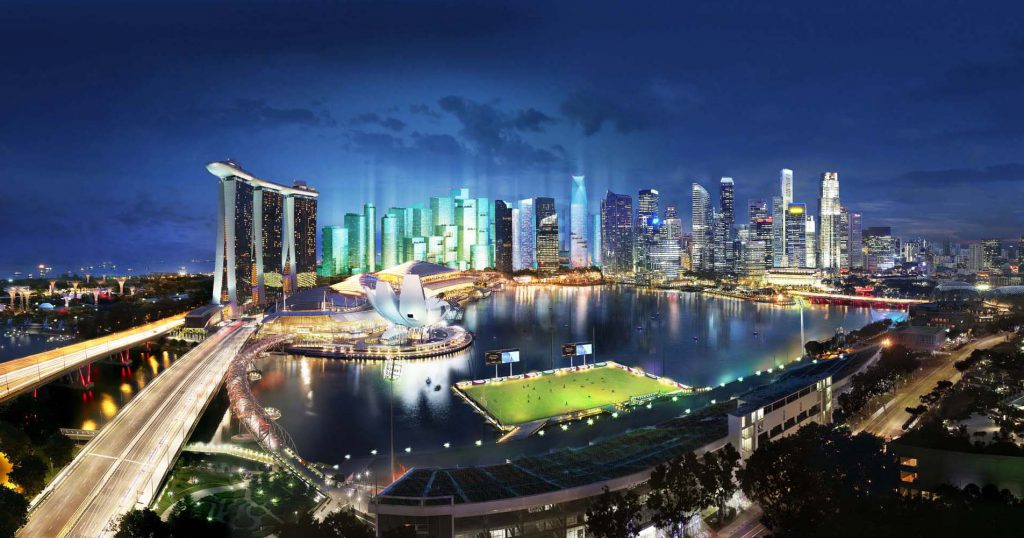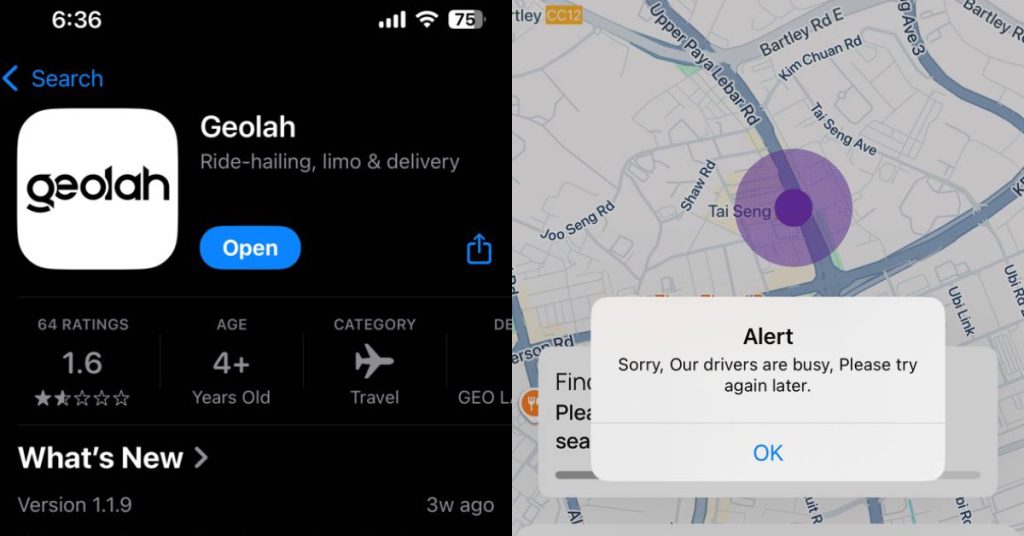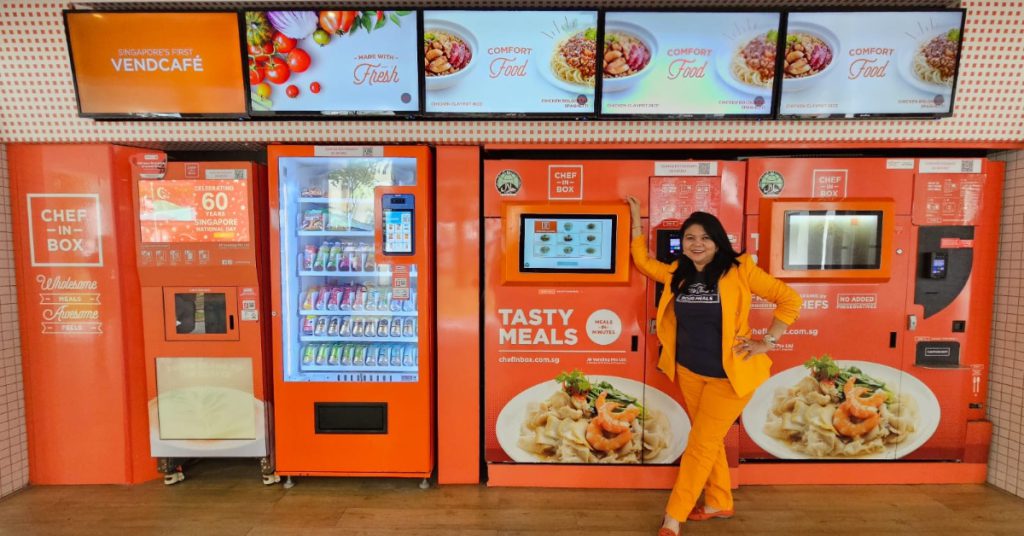Singapore, the city where I have lived and worked for nearly 15 years, embodies many qualities that other developed and fast-growing urban centers aspire to. It is orderly, clean, and livable, a welcoming place to start a business or raise a family.
When I return to Singapore from a trip abroad, the contrast with the place I left can be so sharp that it feels surreal—as though Singapore is somehow insulated from the rest of the planet.
Of course, the very opposite is true.
This island city-state of more than five million people is closely integrated with the rest of the world by flows of goods, services, information, capital, and people.
For the past five years Singapore’s standing as a world city has peaked during Singapore Summit and the Singapore Formula 1 Night Race, a pair of events that draw hundreds of the world’s most accomplished business leaders and motorsports competitors. In many ways, they are a celebration of the idea of global community.
But this year’s Summit-Formula 1 weekend is set against a troubling backdrop.
Economic growth has been persistently weak for years. The short- and long-term outlook are gloomy. Nations and communities are fracturing under the pressures of rising income inequality, accelerating migration, and security risks. The political discourse in many countries has turned bitter. Provocative leaders have rallied huge groups against globalisation and the international system of rules and institutions that make globalisation possible.
What does this mean for Singapore?
At first glance it does not bode well. With one of the world’s most open economies, Singapore’s fortunes are tied to the global economy. All economic indicators suggest that Singapore’s economy is in a “new normal” state of low growth. The government recently lowered the upper limit for its growth projections from 3 per cent to 2 per cent.
Trade, a key driver of Singaporean prosperity, is under grave threat from weak foreign demand and protectionist sentiments. Low oil prices and the China’s economic slowdown have caused manufacturing activity to plunge in recent years. Economists estimate that Singapore’s economic growth could decline by as much as 1.4 percentage points for every 1 percentage point that China’s economic growth decreases. This makes Singapore one of the most vulnerable Asian economies.
This is not to say that Singapore’s prospects are entirely dismal.
As investors and companies seek pockets of growth, Singapore could benefit from its links to the member economies of the Association of Southeast Asian Nations (ASEAN). Some see ASEAN as a potential new economic engine for Asia, and one that is less exposed to the Chinese downturn.
If ASEAN were a single country, it would already be the seventh-largest economy in the world.
It is a major global hub of manufacturing and trade, as well as one of the fastest-growing consumer markets in the world. Singapore has also cultivated close ties with India, another promising economy. Singapore is already India’s largest source of foreign direct investment and recently elevated its ties with India to the level of ‘strategic partnership’.
These conditions suggest that Singapore can adjust successfully to the new normal and generate economic growth. I would point to three strategies that Singapore can follow to reinvigorate growth:
■ Seek new sources of demand: Even as global demand flags, the potential for ASEAN collaboration to sustain the economic health of its members is promising. Further economic integration, more expansive knowledge sharing, and stronger support for lagging economies could make ASEAN into an economic powerhouse for Asia. Singapore can play a key role in helping fellow ASEAN economies back to growth, which would stimulate demand for its own economy through the new normal.
■ Take steps to boost productivity: Mirroring the rest of the world, productivity growth in Singapore is low. As more companies and countries harness digital technology to power productivity gains, Singapore has resolved to stay on at the forefront of digitization and technology. The country already stands out as the world’s most connected country, according to the McKinsey Global Institute’s Connectedness Index. Now, digitization efforts can be extended to Singapore’s small and medium enterprises. Such a push, coupled with recent restrictions on labour supply in Singapore, will create an impetus for real productivity improvement.
■ Keep an eye on inclusion: Singapore’s future depends on the rate of innovation in its knowledge-based economy. As economic restructuring continues, though, there is some danger that Singapore’s high level of economic inequality will open social rifts. Further investments in skill-building and retraining for workers can help Singapore maximize the potential of all its residents and achieve value-creating innovations along with improvements in productivity.
Singapore’s future as an economy and a society will depend largely on the factors that powered its development and growth for the past several decades. To thrive in the years ahead, the country will have to sustain and even increase its international ties in the face of myriad threats to the forces of globalization, while creating better opportunities for more of its residents.
Openness, innovation, and inclusion can make the difference for Singapore between stagnation and success.
Read our latest report on ‘Overcoming global turbulence to reawaken economic growth.’
This article was written by Diaan-Yi Lin, Senior Partner and Managing Partner, Singapore at McKinsey & Company.
Feature Image Credit: audax.com.sg










